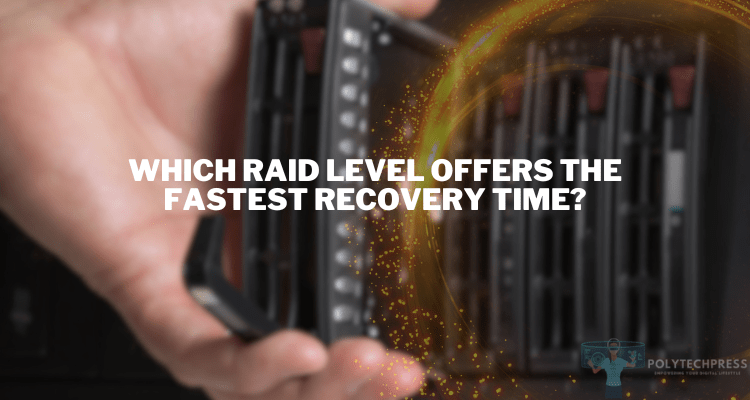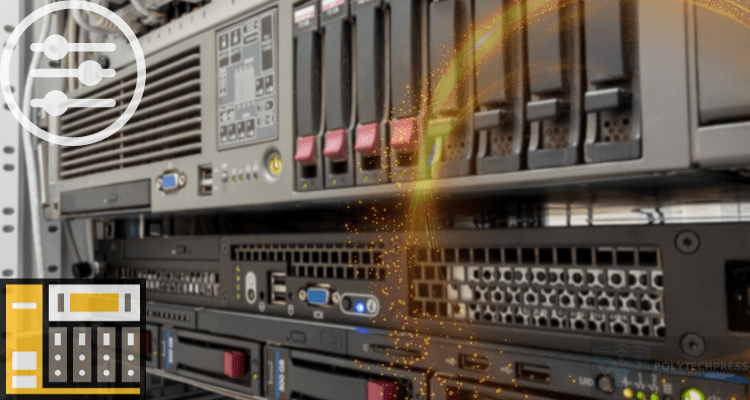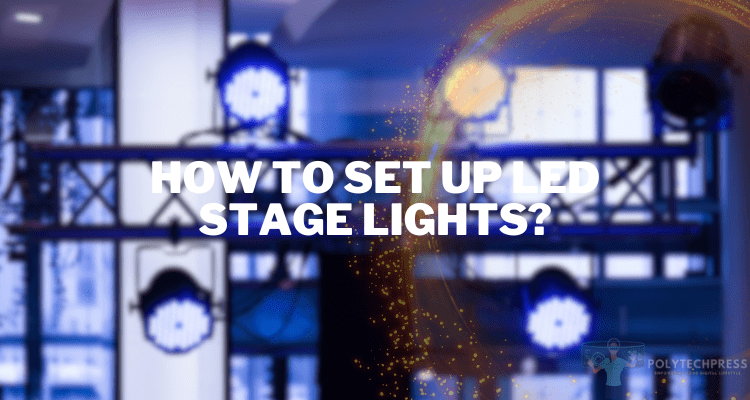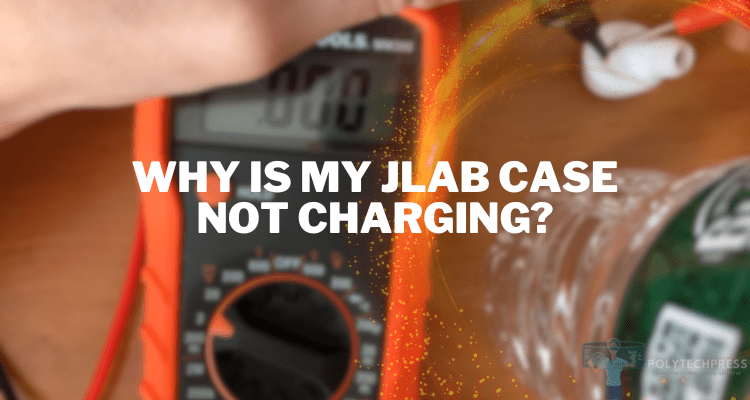Which RAID Level Offers the Fastest Recovery Time?
RAID combines multiple drives for improved performance, capacity, and reliability through striping, mirroring, or parity. A key RAID benefit is recovering from drive failures, with rebuild times varying by RAID level. Fast, reliable recovery is essential for the high data availability critical systems require. This article analyzes popular RAID levels and compares their recovery capabilities when drives fail. It identifies factors affecting rebuild times and provides real-world data to assess which RAID configurations restore data quickest after outages to minimize disruption, guiding selection when fast recovery is a priority.
Key Recovery Time Factors

Selecting the ideal RAID configuration for fast raid data recovery software free involves analyzing how several interdependent factors affect rebuild times when disk failures occur. The key factors are:
RAID Level: The RAID data and parity distribution scheme directly impacts the mechanism and time taken to rebuild failed drives. RAID levels like RAID 5 and 6 with parity have slower rebuilds than RAID 1 and 10 which use mirroring.
Disk Capacity: With rapid growth in storage densities, higher capacity disks take progressively longer to rebuild after failures compared to smaller disks.
Number of Disks: Larger RAID arrays with greater numbers of disks mean increased rebuild times as more data must be reconstructed.
Disk RPM: Faster spinning drives (15K or 10K RPM) can rebuild failed disks much quicker than slower (7.2K RPM) drives, potentially reducing recovery times dramatically.
Controller Cache: Intelligent RAID controllers with larger memory caches are able to speed up rebuild times significantly compared to basic controllers.
Carefully weighing each factor’s influence on recovery speeds provides the crucial perspective required to determine the optimal RAID level and configuration for rebuilding failed drives in the shortest possible time.
Evaluating the RAID Level Options

| RAID Level | Pros | Cons |
| RAID 0 | Very high performance | No data protection, extended recovery time |
| RAID 1 | Rapid rebuild times | 50% storage efficiency |
| RAID 5 | Good usable capacity, decent performance | Slower rebuild times compared to RAID 1 |
| RAID 6 | Excellent fault tolerance | Greater capacity overhead, slower rebuilds compared to RAID 5 |
| RAID 10 | Swift rebuilds akin to RAID 1 | 50% capacity overhead |
| RAID 50 | Ample capacities, good performance | Slower rebuilds dependent on disk count and size |
Conclusion
To summarize, RAID 1 and RAID 10 provide the fastest rebuild times due to mirroring, while RAID 5 has decent recovery times for single disk failures. RAID 6 offers additional fault tolerance but slower rebuilds compared to RAID 5. RAID 0 has no recovery capability. Carefully matching business needs for performance, capacity and recovery is key in RAID selection. As data availability becomes more vital, understanding RAID rebuild differences allows proper implementation and backups to ensure resilience for critical applications.






